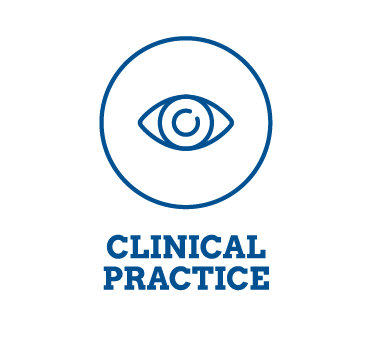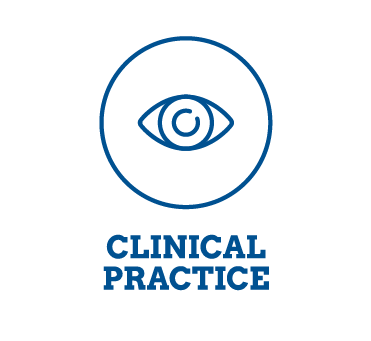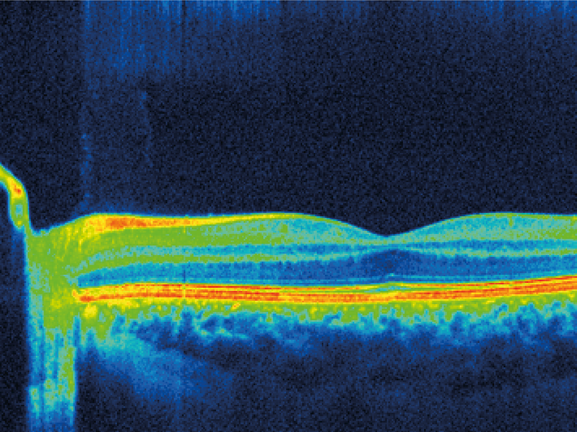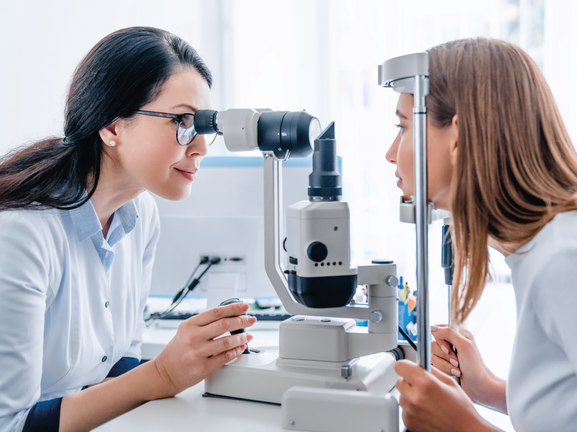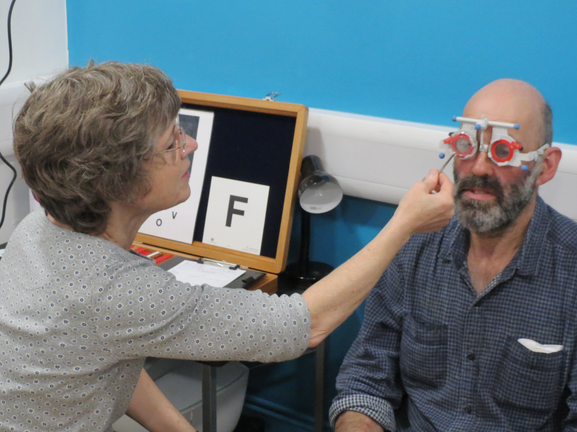Lenses and Harmful Light Protection
The human eye is only able to visually perceive a very small part of the electromagnetic spectrum. Directly outside the boundaries of the visible spectrum of light are ultraviolet (UV) and infrared (IR) radiation. The human eye is exposed to both in natural and manmade sources of UV and IR radiation in the environment. However, high levels of exposure to UV and IR radiation are associated with several pathologies, including skin cancers and cataract. It is therefore important to understand the different types of lenses that are available to protect against the effects of harmful light, and how these work.
This article will review UV and IR radiation, including sources of exposure, the effect these have on the eye and pathologies associated with high levels of exposure. The different types of ophthalmic lenses that are available to manage the effect of solar radiation and prevent against harmful effects will be discussed, along with methods of manufacturing these lenses. Finally, the therapeutic benefit of these lenses for patients will be covered.
This content is worth 1 CPD point and you can undertake an optional discussion to make this CPD interactive.
CPD Points: 1
CPDpoints.com credits: 1
Expiry Date: 31/12/2024
Interactive points available

Downloads
Also accepted by






